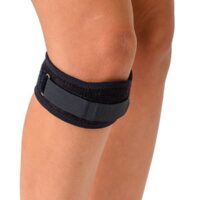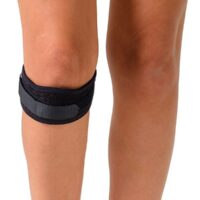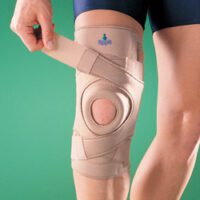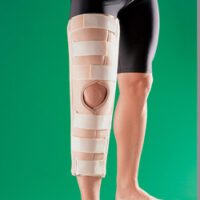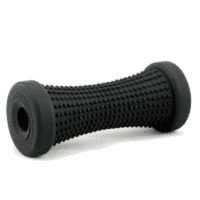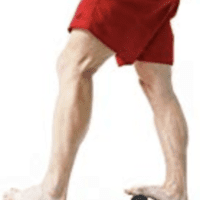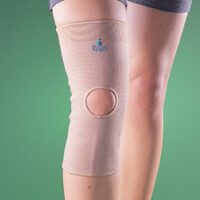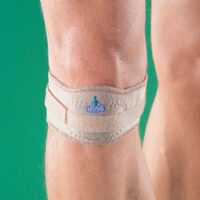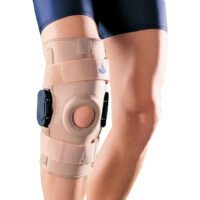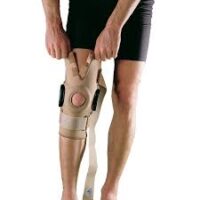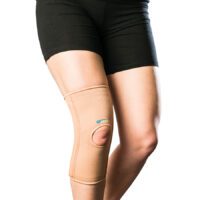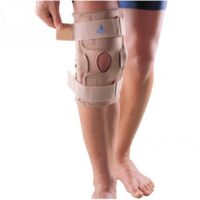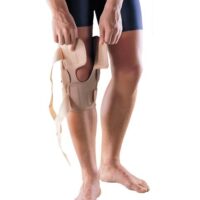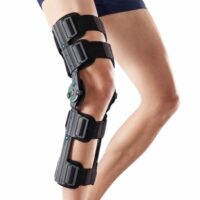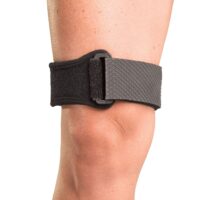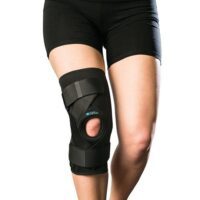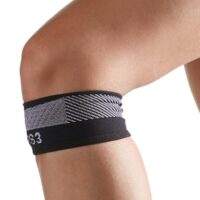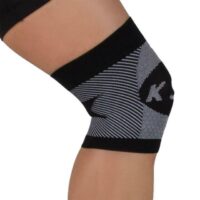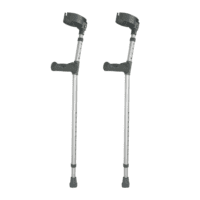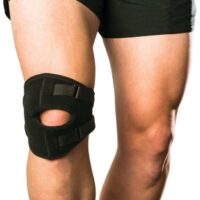Knee Bursitis
Article by J.Miller, S.Armfield

What is Knee Bursitis?
Knee Bursitis Explained
Knee bursitis is a condition marked by the inflammation of the knee’s bursae, small fluid-filled sacs that act as cushions to reduce friction between tissues. This inflammation often leads to pain and can significantly impact your quality of life. Various types of bursitis can affect the knee, including prepatellar, infrapatellar, pes anserinus, and suprapatellar bursitis.
Housemaid’s Knee
Housemaid’s knee, medically known as prepatellar bursitis, is a condition characterised by the inflammation of the prepatellar bursa, a small fluid-filled sac located just in front of the kneecap (patella). This condition is named “housemaid’s knee” due to its historical association with occupations involving frequent kneeling, such as housemaids.
Causes and Contributing Factors
The primary causes of knee bursitis include direct trauma, pressure from prolonged kneeling, or repetitive stress on the knee. Additionally, systemic conditions like gout, rheumatoid arthritis, and osteoarthritis can also predispose you to bursitis.
Identifying Knee Bursitis
Spotting the signs early is crucial. Common symptoms include swelling around the knee, limited motion, redness, warmth, pain, and tenderness. It’s important to remember that bursitis causes swelling in the bursa, not the knee joint itself.
Physiotherapist’s Role in Diagnosis
If you suspect knee bursitis, a visit to a doctor or physiotherapist is vital. They will conduct a detailed examination. In some cases, imaging tests like an MRI or ultrasound are occasionally used for a definitive diagnosis.

Treatment Options
Treatment varies based on the severity and underlying cause. It may include:
- Rest and avoiding activities that exacerbate symptoms.
- Medication for pain and inflammation.
- Injections or surgery in severe cases.
- Physiotherapy for rehabilitation.
Physiotherapy: A Cornerstone of Treatment
Physiotherapy plays a critical role in managing the symptoms that may predispose you to or cause knee bursitis. Tailored treatment plans aim to reduce pain, improve joint mobility, strengthen muscles, and correct biomechanical imbalances. Treatments can include electrotherapy, cryotherapy, therapeutic taping, activity modification advice, and a combination of exercises and manual therapy techniques. Most treatment is aimed to improve your knee muscle control and function.
Preventing Knee Bursitis
Prevention strategies include maintaining flexibility in the thigh muscles, pacing activities that strain the knee, and using appropriate protective gear. A balanced diet and maintaining a healthy weight are also essential in reducing stress on the knees.
Advanced Cases: Bursa Surgery
Surgery is considered a last resort when non-surgical methods fail. Post-surgical rehabilitation may be guided by a physiotherapist is critical for a successful outcome.
Latest Research and Developments
Recent studies emphasise the importance of early intervention and the use of ultrasound-guided procedures in the diagnosis and treatment of knee bursitis. Advances in physiotherapy techniques, particularly in strengthening and proprioceptive training, have also shown promise in accelerating recovery and preventing recurrence.
Conclusion and Call to Action
Knee bursitis, though painful, can be effectively managed with the right approach. If you’re experiencing symptoms, don’t hesitate to consult your doctor or a physiotherapist for a personalised treatment plan. Embracing preventive measures and lifestyle changes can also play a significant role in managing and preventing knee bursitis. Remember, taking timely action can make a significant difference in your quality of life.
Related Articles
- Bursitis Treatment: This page offers insights into treatments for various types of bursitis, including knee bursitis.
- Pes Anserinus: Learn about Pes Anserine Bursitis/Tendinopathy, a condition related to knee pain.
- Bursitis Overview: An in-depth look into bursitis, including its causes and treatment approaches.
- Knee Pain FAQs: Provides answers to frequently asked questions about knee pain, covering a wide range of topics including knee bursitis.
- ACL Injury: Discover detailed information on ACL injuries, their symptoms, treatment options, and relevance to knee health.




